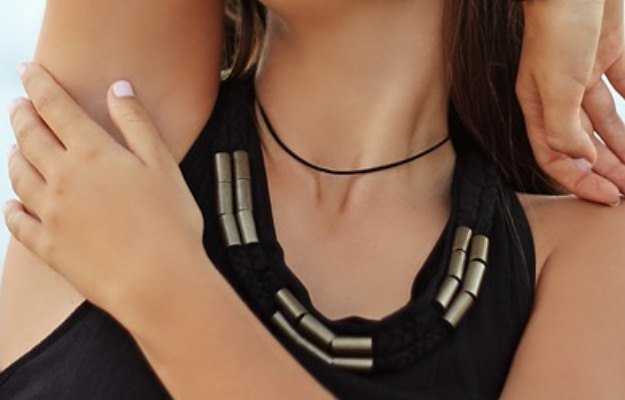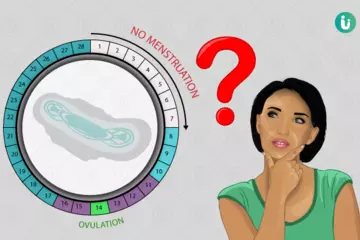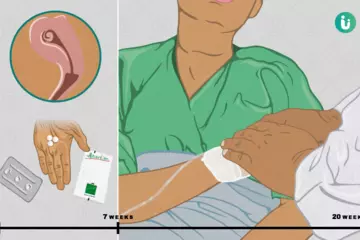What is hidradenitis suppurativa?
Hidradenitis suppurativa, also known as acne inversa, is a rare suppurative infection of the sweat glands. The infection tends to be chronic, severe and recurrent. It characteristically begins with boil-like bumps, which usually occur in the underarms, groin or anal area.
What are its main signs and symptoms?
- Early signs and symptoms include:
- One or more nodular breakouts that appear like acne.
- The breakouts may remain on the skin or clear out.
- They are more common on areas of skin that rub against each other, such as the underarms, groin, buttocks, breasts and upper thighs.
- Late signs and symptoms include:
- The boils or breakouts are painful and may heal, only to reappear again.
- The boils may rupture and sometimes ooze a foul-smelling liquid.
- Scars in the affected area of the skin become thicker.
- The skin appears spongy with tunnel-like tracts forming deep in the skin; lumps are usually seen at the two ends of the tunnel under the skin.
- Serious infection.
- Cancer of the skin.
What are the main causes?
The exact reason behind hidradenitis suppurativa is not known. The disease begins when the bacteria and other substances get trapped within a hair follicle.
Genetic and environmental factors have been linked to the occurrence of this condition.
Risk factors include:
- Weak immune system.
- Obesity.
- Smoking.
- Taking lithium.
How is it diagnosed and treated?
Your doctor will take a medical history and carefully assess signs and symptoms in order to diagnose hidradenitis suppurativa.
Investigations may include:
- Blood tests to detect any other infection.
- A swab from the pus may be tested to rule out any other infection.
Your dermatologist may recommend symptomatic treatment with painkillers and anti-inflammatory agents.
Your doctor will also prescribe antibiotics along with some steroids.
Hormonal therapy has proved to be beneficial in treating hidradenitis suppurativa.
Surgery may be required in severe cases.

 Doctors for Hidradenitis Suppurativa
Doctors for Hidradenitis Suppurativa 


















